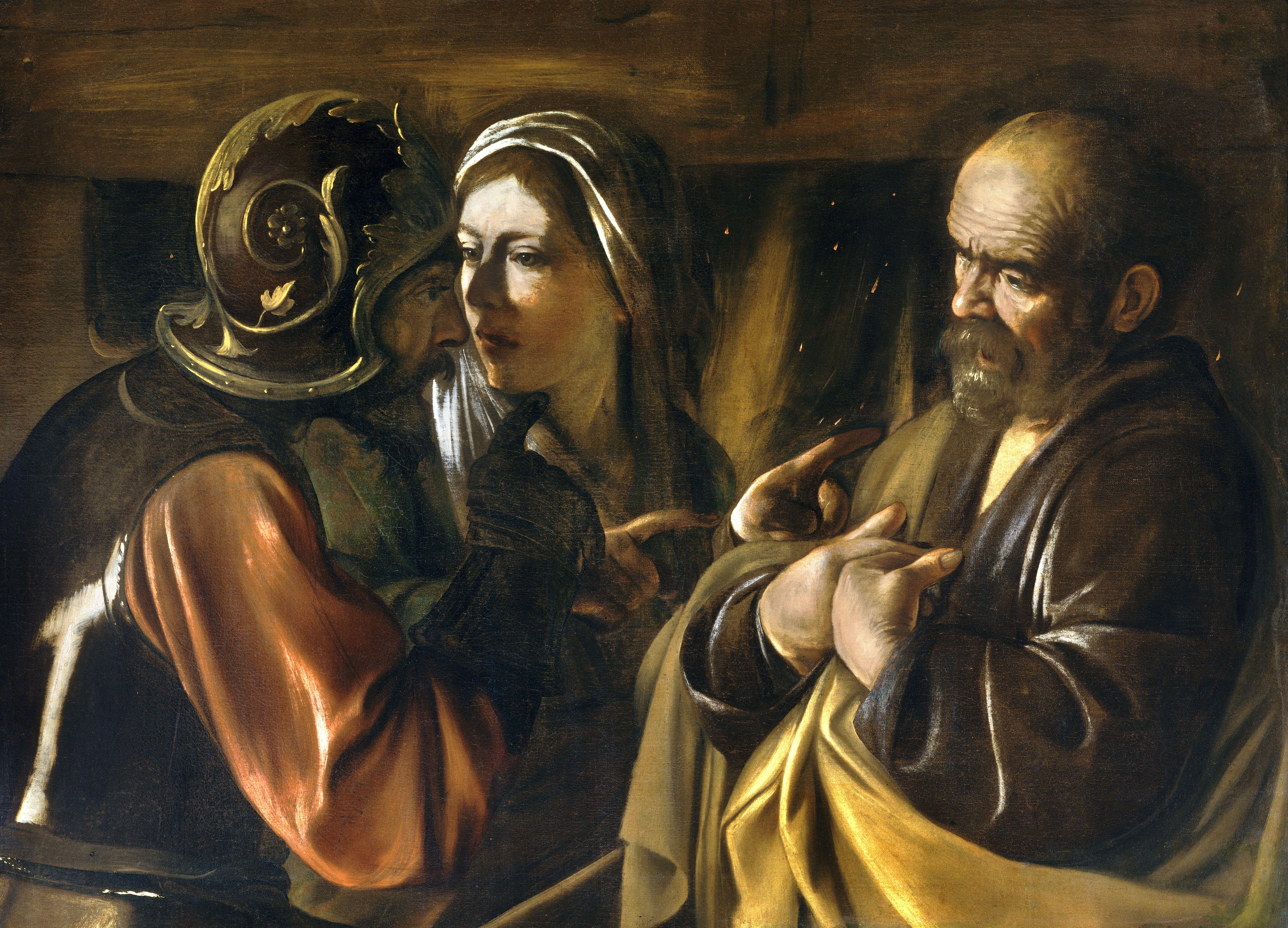by CLAUDIO LAVANGA & CASSANDRA VINOGRAD
ROME – Pope Francis begged forgiveness for the Church on Monday and cited the need for “reparation” as he met with victims who had suffered at the hands of Roman Catholic priests.
The pontiff invited six victims of abuse from Ireland, Germany and Britain to attend an early-morning private Mass at the Domus Sanctae Marthae, the residence next to St. Peter’s Basilica where he lives.
Francis called the abuse a “grave sin” decrying how it was hidden for “so much time” and “camouflaged with a complicity that cannot be explained.”
“I ask for the grace to weep, the grace for the Church to weep and make reparation for her sons and daughters who betrayed their mission, who abused innocent persons,” the pope said in his homily. “I beg your forgiveness, too, for the sins of omission on the part of Church leaders who did not respond adequately to reports of abuse.”
“Sins of clerical sexual abuse against minors have a toxic effect on faith and hope in God”
He said abusive priests’ actions “profane the very image of God” and are “more than despicable.”
“It is like a sacrilegious cult, because these boys and girls had been entrusted to the priestly charism in order to be brought to God,” the pontiff added.
Francis strongly praised the victims’ courage in speaking up and shedding “light on a terrible darkness,” telling the mass he is deeply aware of their deep and unrelenting pain.
“Sins of clerical sexual abuse against minors have a toxic effect on faith and hope in God,” he said, adding that the victims’ willingness to come to the Vatican “speaks of the miracle of hope, which prevails against the deepest darkness.”
The pope gave his strongest response yet, saying “sexual abuse is such an ugly crime … it is like a satanic mass”, and calling for “zero tolerance” for anyone in the Church who abused children, including bishops.
The pope then met privately with the victims, spending at least half an hour with each. While Francis’ predecessor met with abuse victims several times during his pontificate, this was the first time a pope had received victims inside the Vatican.
The meeting was first announced by the pope on his flight back from a visit to the Holy Land, when Francis noted called child sex abuse “very serious” and “like celebrating a satanic mass.”
Vatican spokesman Father Federico Lombardi defended the pope, saying critics don’t understand the pontiff’s “positive intentions.”
“If you look at the time the pope dedicated to them, and their emotional reaction, it’s clear this was not a public relations event. It was a profound encounter between a pastor and a person he loves and tries to understand deeply,” Lombardi said. “I witnessed the profound gratitude they expressed to the Holy Father for the chance he gave them to speak about their experience.”
Since his election last year, the pope has pledged that the Vatican – accused of not doing enough to bring abusers to justice and to protect victims – will introduce a “zero tolerance” policy against crimes against children of a sexual nature.
At the end of 2013, he overhauled Vatican law and broadened the definition on child abuse to include sexual acts with children, child prostitution and child pornography, making them punishable by up to 12 years in prison.
Shortly after, he set up a panel of experts to advise him on ways to better tackle the widespread problem. Among them, the Irish abuse victim Marie Collins, and U.S. Cardinal Sean P. O’Malley of Boston, who has a lengthy track record of cleaning up dioceses shattered by child sex abuse.
He reiterated his pledge to stamp out the scourge on Monday, saying that all bishops must carry out their ministry with “the utmost care” to protect minors.
“They will be held accountable,” he added.
















